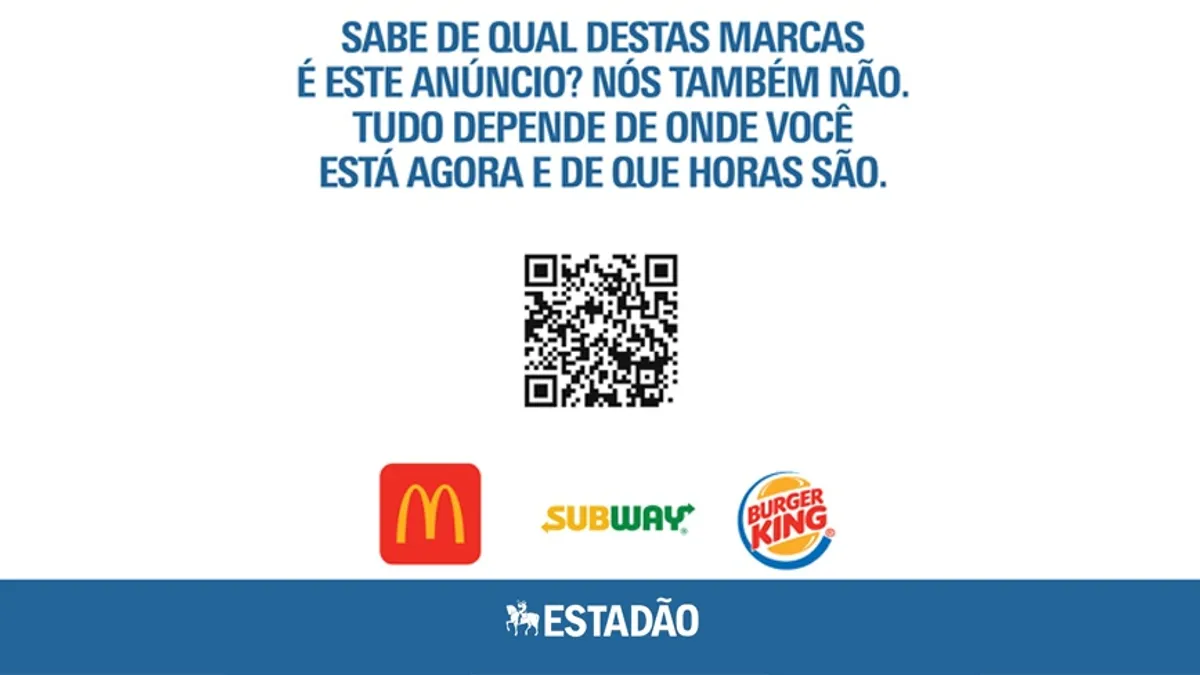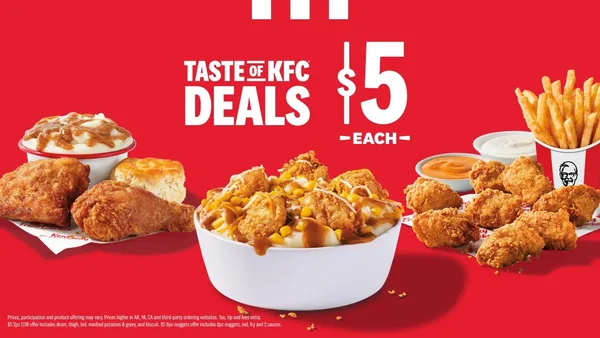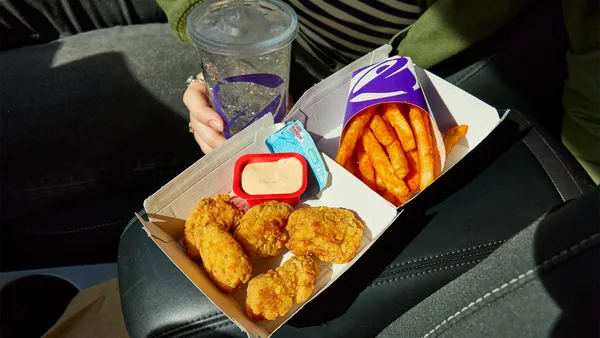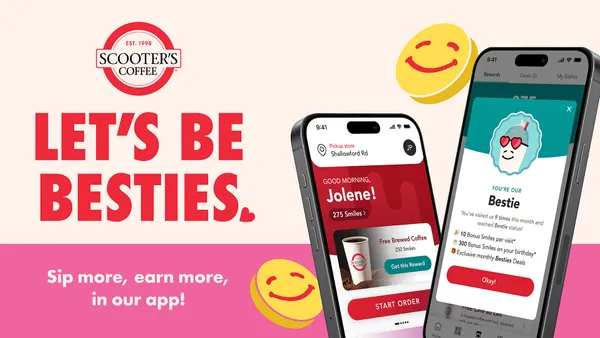Brief:
- Fast food chains McDonald's, Burger King and Subway are reportedly the first brands to test print ads that rely on mobile devices to deliver programmatic media placements, per an announcement shared with Mobile Marketer. The ads have a QR code that readers scan with a mobile device to see real-time offers from brands.
- The ad format can be personalized based on time of the day and the reader's location. Marketers can customize offers to reach readers when they're near stores or restaurants and make adjustments to their promotions on the fly.
- Ad agency Isobar Brazil partnered with Estadão, a newspaper published in São Paulo, to create the programmatic print ads. They tested the ads on July 26 in Estadão Expresso before rolling them out on Aug. 5, per the announcement.
Insight:
Marketers have tried various ways to make their print ads more interactive with readers, including the addition of QR codes that link to interactive content or unlock special content. Isobar Brazil and Estadão are adding a new dimension to those ads with programmatic placements that marketers can adjust in real time based on a number of factors, such as weather, time of day and reader location. The greater flexibility means that advertisers can measure ad performance and change their offers in response to market dynamics, such as better deals promoted by competitors.
It remains to be seen whether programmatic print ads will help to boost revenue for newspapers, which continue to decline as readers shift their media consumption habits to digital media. Marketers have tried to adapt their print ads to the mobile age with interactive features that engage readers and streamline measurement.
Similarly, Netflix last month ran a series of print ads for its hit show "Stranger Things" that came to life when scanned with Google Lens, the search giant's image-recognition app. Unilever's Dove brand last year promoted the debut of an anti-bullying film it produced with a peel-off cover on Entertainment Weekly magazine that could be scanned with a mobile device to activate a virtual reality experience.














